London is renowned for its fascinating museums and galleries. Studying abroad and living in London this semester has given me the wonderful opportunity to explore the city's art and culture. Many museums and galleries in London have free admission"”in fact, the UK has been offering free access to museums for more than 20 years (although they put a pause on this in 2021). The UK's Culture Secretary Jeremy Hunt once said: "Our free museums and galleries ensure that culture is for everyone, not just the lucky few," which shows the UK's commitment to offering everyone free access to knowledge and the arts.
London is also an amazing destination for education, especially for students majoring in archaeology, sociology, film, art, and design. It is normal to see students from different schools visiting museums in London to experience exhibitions, analyze art, or learn about science. Below are the top three museums and galleries that I enjoyed visiting in London and the story behind them:
1. The Victoria and Albert Museum (V&A Museum)
Located on Cromwell Road (where the CEA CAPA London Center is located), the Victoria and Albert Museum has been known as the world's leading museum for art and design. The beauty of the V&A museum is that it houses arts and design from many cultures and from different parts of the world! According to the V&A Museum's website, the museum is currently storing "over 2.3 million objects that span over 5,000 years of human creativity." The collection includes architecture, furniture, fashion, photography, Asian art and design, jewelry, and more.
More importantly, the V&A Museum has been working on improving diversity and inclusion, from its arts and design to its workforce. According to the V&A, the museum has been working with partners to tackle social inequality and discrimination. For example, in 2011-2012, the V&A offered programs for students with special educational needs that incorporated the use of iPads. Though London is known as one of the most diverse cities in the world, it is much more exciting to know that many of London's museums also house a diversity of arts and design from various cultures and countries.
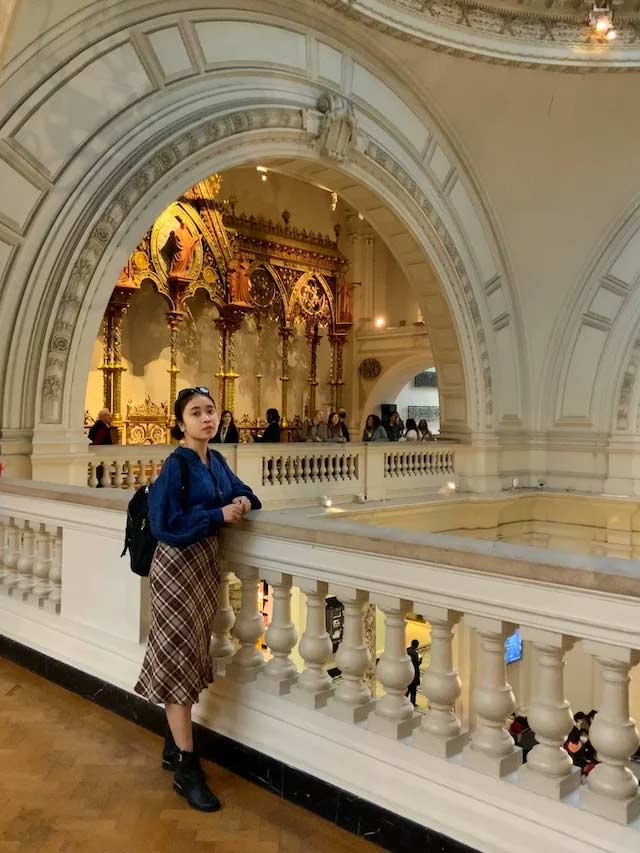
Caption: My first time visiting the museum.
2. The British Museum
The British Museum was founded in 1753 and is located on Great Russell Street in London. According to The British Museum's website, the museum is the first national public museum in the world, and it covers many fields of history, archaeology, ethnography, sound research, knowledge, and more. The museum was officially opened to the public in 1759.
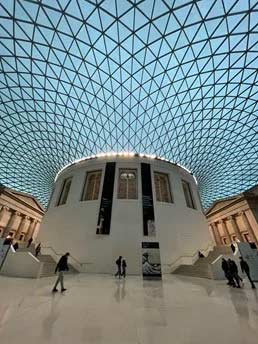
Caption: The British Museum.
The British Museum is renowned for its Elgin Marbles, Egyptian antiquities, Greek sculptures, the Rosetta Stone "which provided the key to reading ancient Egyptian hieroglyphs", Black Obelisk, items from the ancient Mesopotamian city of Ur, Chinese ceramics, and more. It also has a famous reading room built in the 1850s with books of Karl Marx, Virginia Woolf, or Thomas Carlyle.
Visitors to the museum are enthralled by the artifacts and the wonderful opportunities to see the world's cultural heritage in one place. However, everyone should acknowledge that many greatest historical and cultural artifacts were taken during Britain's centuries-long imperial rule, and "many of the countries missing their cultural heritage have been asking for some of these items back." Hence, while enjoying the beauty of the artifacts in the museum, it is much more important to acknowledge the history and origin of the pieces and spread the knowledge with the hope of bringing those artifacts back to their original places.
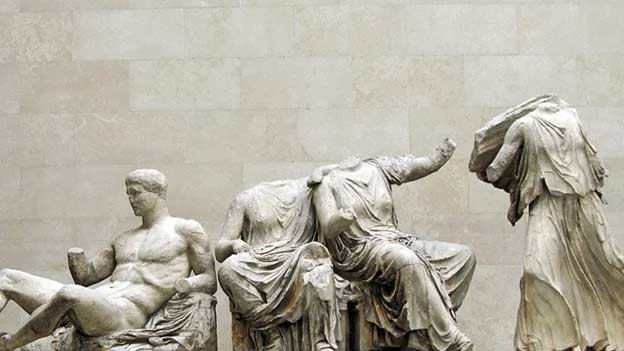
Caption: The Elgin Marbles.
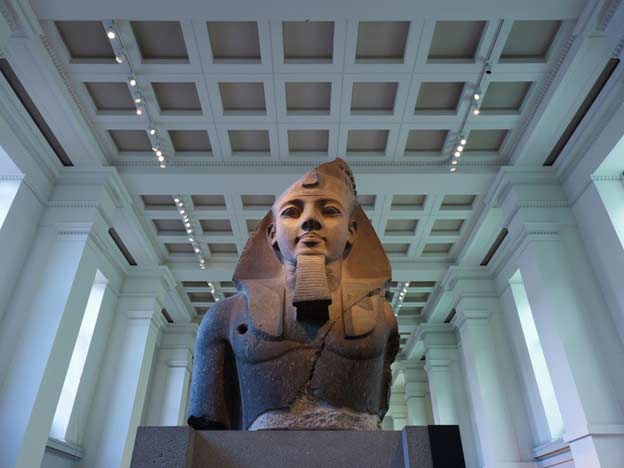
Caption: Ancient Egypt in The British Museum.
3. The National Gallery
The National Gallery is in London's Trafalgar Square and houses one of the greatest collections of paintings in the world. According to its website, the museum "contains over 2,300 works, including many famous works, such as van Eyck's Arnolfini Portrait, Veli¡zquez's Rokeby Venus, Turner's Fighting Temeraire and Van Gogh's Sunflowers." Each hall of the museum displays paintings in different eras from 13th-to-15th-century paintings to 18th-to-early-20th-century paintings.
The National Gallery's website also states their commitment to improving diversity in terms of its art display and its workforce, which shows the gallery's efforts to build a more inclusive and safe space for all visitors from in and out of London.
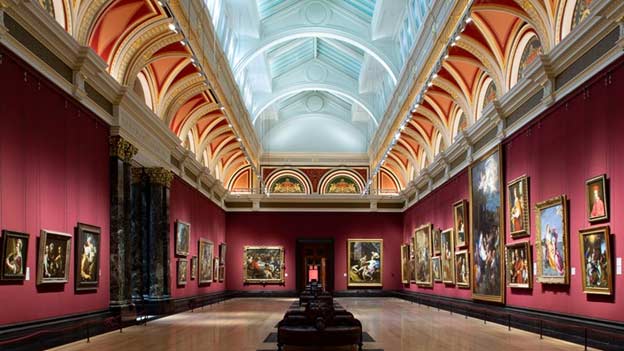
Caption: The inside of The National Gallery.








